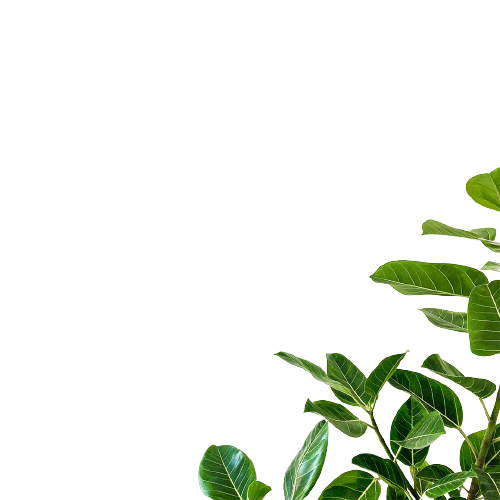Exploring breath is an utterly fascinating journey into the way we are wired. No matter who you are,
you’ll want to learn the Art of Breathing…
BoDE methodology started as an approach to entrepreneurial management that enables
organic yet disruptive growth, with an emphasis on human capital, formal policies, and
procedures. With its focus on human capital, BoDE meets the challenge of unleashing
human potential. The BoDE methodology is grounded in a philosophy that sees the world
as a manifestation of ‘Karma’ and ‘Samskara’.
As I have continued to evolve the BoDE philosophy, I realize that for people to become
exceptional managers and proprietors of a business, their physical, mental, and spiritual
health must grow and strengthen. For that reason, the newest component of the
Foundational Module of BoDE Methodology is represented as:
Body > Mind > Breath > Time
At a ten-day course early in 2020, Pandit Tigunati ji introduced me to the Vishoka
Meditation, which provided Breath as a replacement for consciousness. The recipients of
this knowledge are predominantly college-educated professional entrepreneurs focused on
creating start-ups that utilize an evidence-based foundation. The concept of consciousness
throws these BoDE Cadets off balance many times. Breath awareness needs no scientific
verification of its existence, and yet, it creates the rope to connect the Inside with the
Outside.
Now that I have introduced you to the concept. The next segment of the article will focus on
a particular aspect of breath and its importance to improving your overall well-being.
How to utilise Deep Breathing?
There are a range of breathing exercises to bring benefit to your mind and soul. As with
starting off on an exercise program, don’t feel like you need to go out there and run ten
miles the first day. Start off slow and learn the fundamentals necessary for good deep
breathing techniques.
At the start, breathe in calmly, through the nose, filling your abdomen and chest, for 5
seconds (or longer, not exceeding 7 seconds). Hold this breath in for 3 seconds. Slowly and
gently release the breath through the mouth for 5 seconds (or more, whatever is
comfortable.) Breathe out through a slightly parted lip or “O” shaped lips. Repeat this 5
times, or even better, continue for 5 minutes.
Deep breathing should be slow and gentle. Remember to fill the abdomen, not just the
chest. A simple way to make sure you are doing this is to place one hand on your stomach
and one on your chest. Breathe deeply and make sure your hand on your stomach is rising.
Try to be aware of your breath and heartbeat, and to release tension from your body.
Sometimes it’s easier to lie down or sit comfortably in a chair.
So, you understand what you are doing physiologically, the diaphragm is a dome-shaped
structure that not only assists in breathing but helps protect other organs in our torso. The
top of the diaphragm, located about one and one-half inches up from the bottom of the
sternum, supports the heart, while the bottom of the diaphragm is attached all the way
around our lower ribs and connects also to our lower lumbar vertebrae. When we breathe,
the surface of our diaphragm generally moves downward as we inhale and upward as we
exhale. When we breathe fully and deeply, which is only possible when the belly releases
and expands on inhalation and retracts on exhalation, the diaphragm moves farther down
into the abdomen, and our lungs can expand more completely into the chest cavity. This
means that more oxygen is taken in and more carbon dioxide is released with each breath.
– Neil Bhaskar







